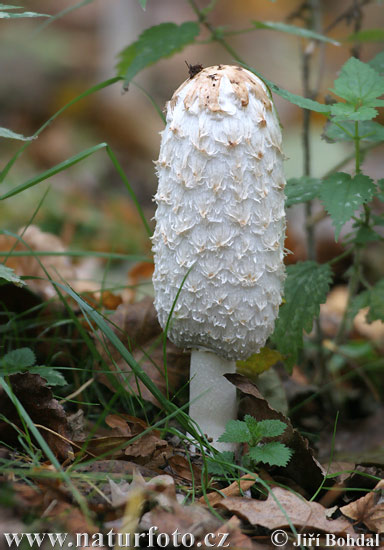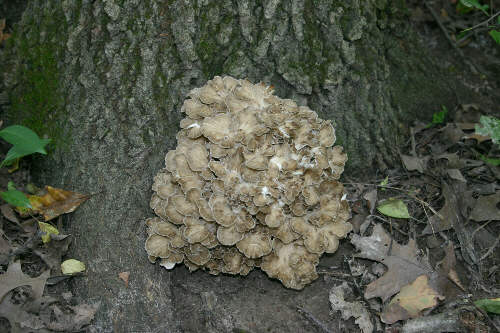S
Scenic WonderRunner
Guest
Edible Wild Plants And Survival....
Post up your experience and knowledge on the subject.
This can be useful in a break down/survival situation. The link below is all I could find right now. But you get the idea. I'll edit and add more info later as I find it.
Edible Wild Plants And Survival....
"Knowing a few edible wild plants can make your next backpacking trip, or any trip into the wilderness, a lot more enjoyable.
You can pack lighter if you eat wild berries every morning for breakfast, for example, and leave your oatmeal behind. So push the bears out of the way and gorge yourself on blueberries. Less weight on your back always feels better.
You'll also enjoy your backpacking more when you know that you won't be completely helpless the moment you lose your pack, or a raccoon empties it for you. You don't have to be a survivalist to see the value of knowing which of the wild plants around you can be eaten".
.
Post up your experience and knowledge on the subject.
This can be useful in a break down/survival situation. The link below is all I could find right now. But you get the idea. I'll edit and add more info later as I find it.
Edible Wild Plants And Survival....
"Knowing a few edible wild plants can make your next backpacking trip, or any trip into the wilderness, a lot more enjoyable.
You can pack lighter if you eat wild berries every morning for breakfast, for example, and leave your oatmeal behind. So push the bears out of the way and gorge yourself on blueberries. Less weight on your back always feels better.
You'll also enjoy your backpacking more when you know that you won't be completely helpless the moment you lose your pack, or a raccoon empties it for you. You don't have to be a survivalist to see the value of knowing which of the wild plants around you can be eaten".
.











.jpg)



